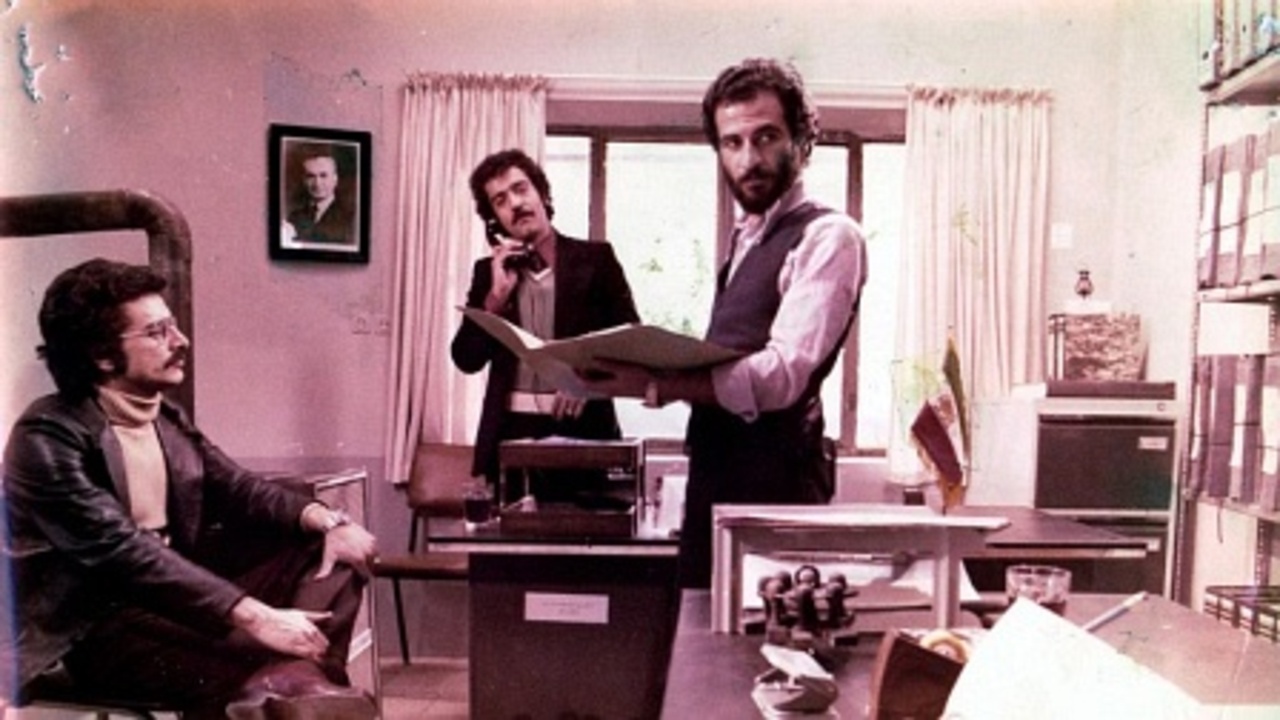An early moment in Sion Sono’s 2005 feature Into a Dream finds dorama actor Mutsugoro Suzuki (Tatsushi Tanaka) attending a low-budget Japanese-language staging of A Streetcar Named Desire, one marked by experimental acting and deliberately unreal conceits of staging. Suzuki joins a number of the performers after for drinks, where he catches some shade for his safer artistic choices: “I’m happy to be doing Tennessee Williams,” a member of the troupe announces. One of Suzuki’s many girlfriends spots him wincing at the remark, and asks what’s wrong, but his answer—”a cavity”—convinces no one.
If Suicide Club announced a transition to a new filmmaking cycle for Sono, one where the director’s work became more genre-oriented and commercially viable, then it’s hard not to read Into a Dream as a self-lacerating consideration of that decision. But Sono, never content with single-mindedness, quickly sublimates that anxiety into another: the insatiable Suzuki’s relentless womanizing, which has recently resulted in a mysteriously-diagnosed STD. There’s a series of encounters and conversations (the wife, the side-piece, the secret tryst), all of them with women who expect some level of humanity from Suzuki (commitment, interest, passion, or sex), and for none of whom does he provide, given that he’s treating each as a suspect (“You’re the type of guy who cheats on his wife,” says one of the film’s many spectres, “your dick is messing up your life”). One girlfriend even literalizes the connection between two vices, striking him with the observation that strong performers make for weak lovers—his fluctuating artistry and his philandering penis have become the intersecting traumas of his existence.
If Suicide Club announced a transition to a new filmmaking cycle for Sono then it’s hard not to read Into a Dream as a self-lacerating consideration of that decision.
This represents merely one of three planes of reality within the film, and Sono declines to explain their arrangement. Moments of unconsciousness set Suzuki on his own transition, propelling him from one of these worlds to another (Sono’s handheld DV aesthetic, defined by his antic camera movements and unrefined sense of composition, remains consistent across the divergent waking states). First he is a television actor returning to Toyo City after contracting a disease; next he is a revolutionary planning to demolish the nation’s cellular service; and last he is a man in a cell being questioned by two officers, with no indication as to which of these is “reality,” and which are merely “dreams.” (With this being cinema, and Sono’s edits being discontinuous, all three can only pass for the latter.) What does recur within the trio are a series of verbal motifs (“When I was in my 20s, life was so full of possibilities”; “When did I become someone I’m not? It does not matter”) and an interrogatory sense of conversation. Sono is exploring the chosen traumas, but he’s also considering the way that art and narratives—at any level of accessibility, within any given cycle of his career—allow for an abstraction that can help to create personal insight. Naturally, his characters keep returning to the same malapropism, one that embodies the concept of an experience relived through the visual arts: “deja view.”







